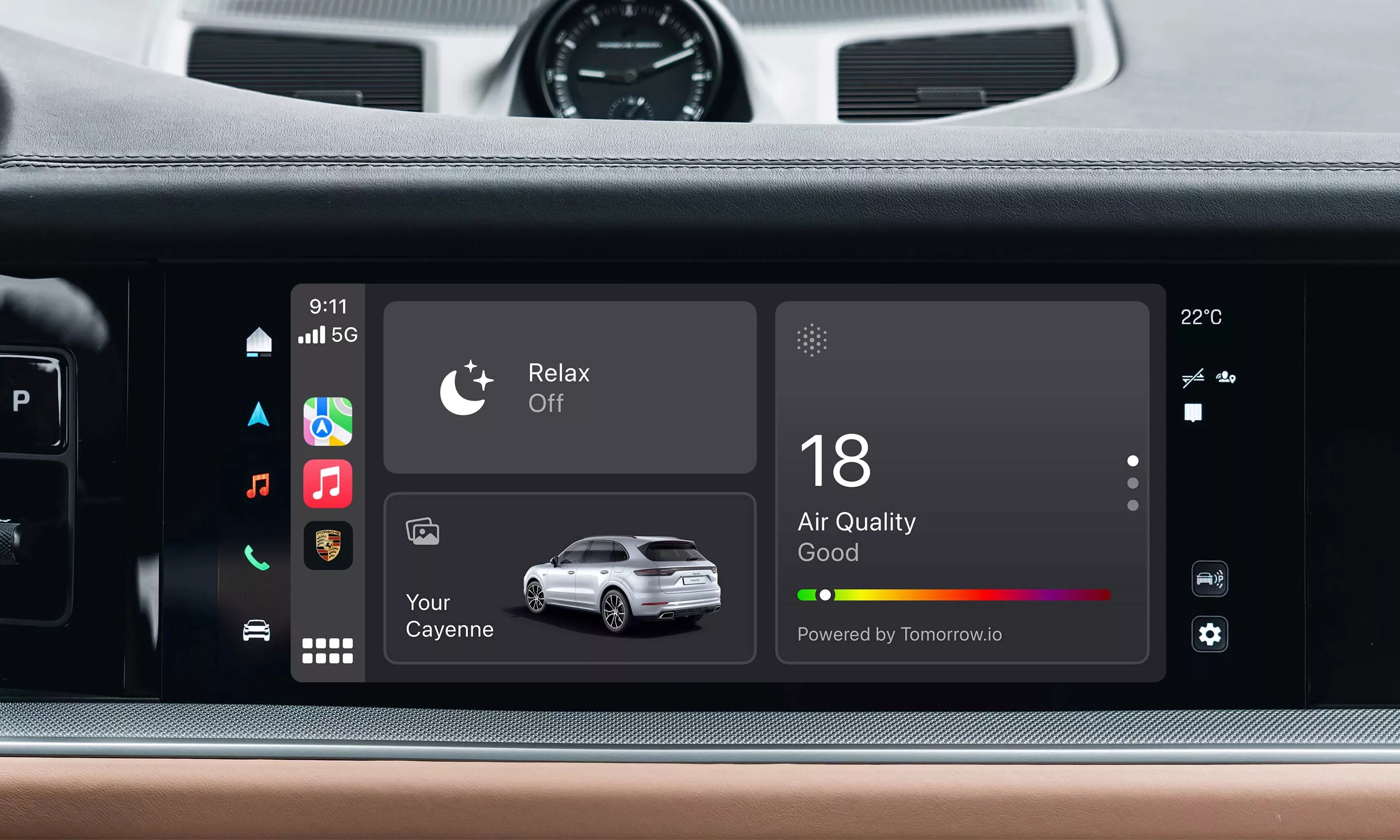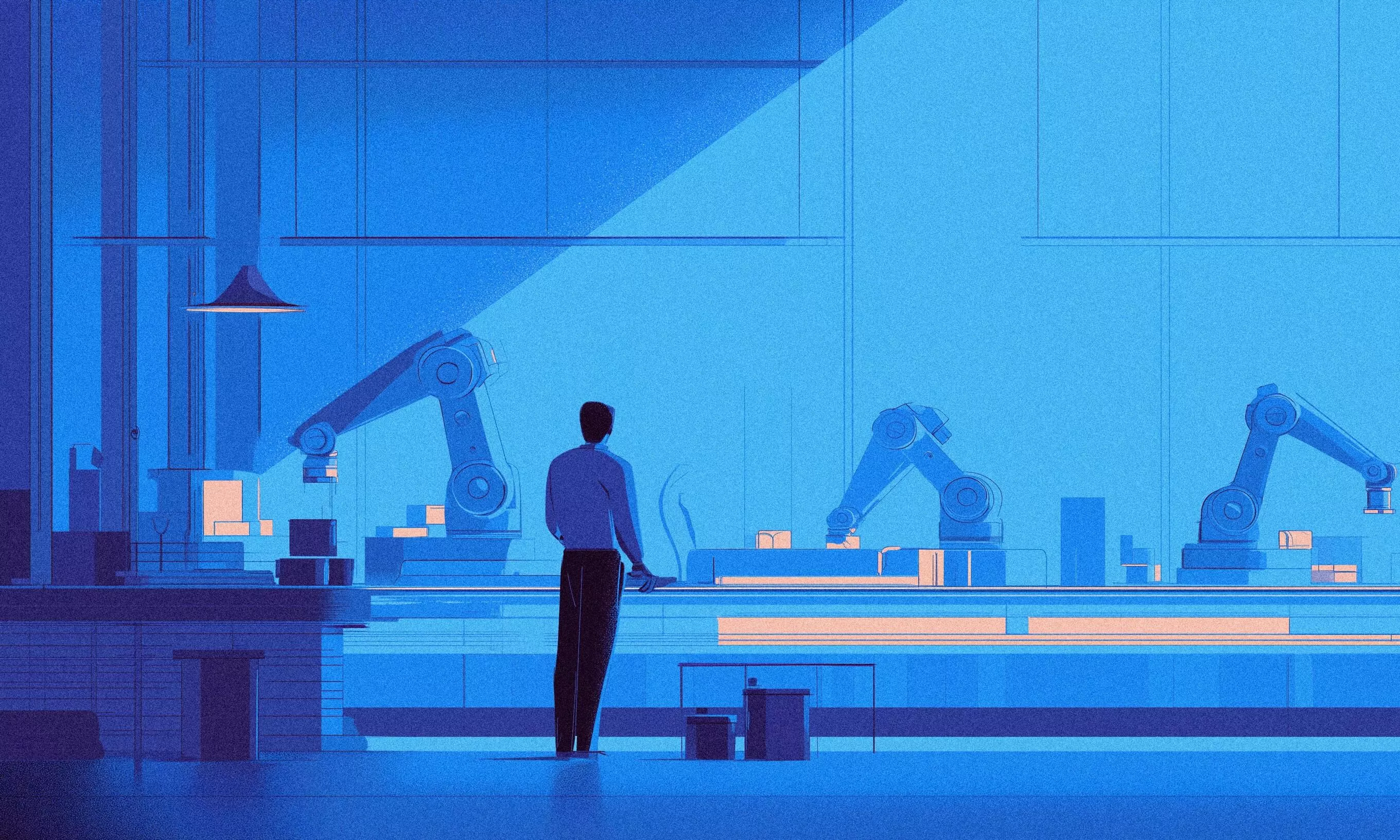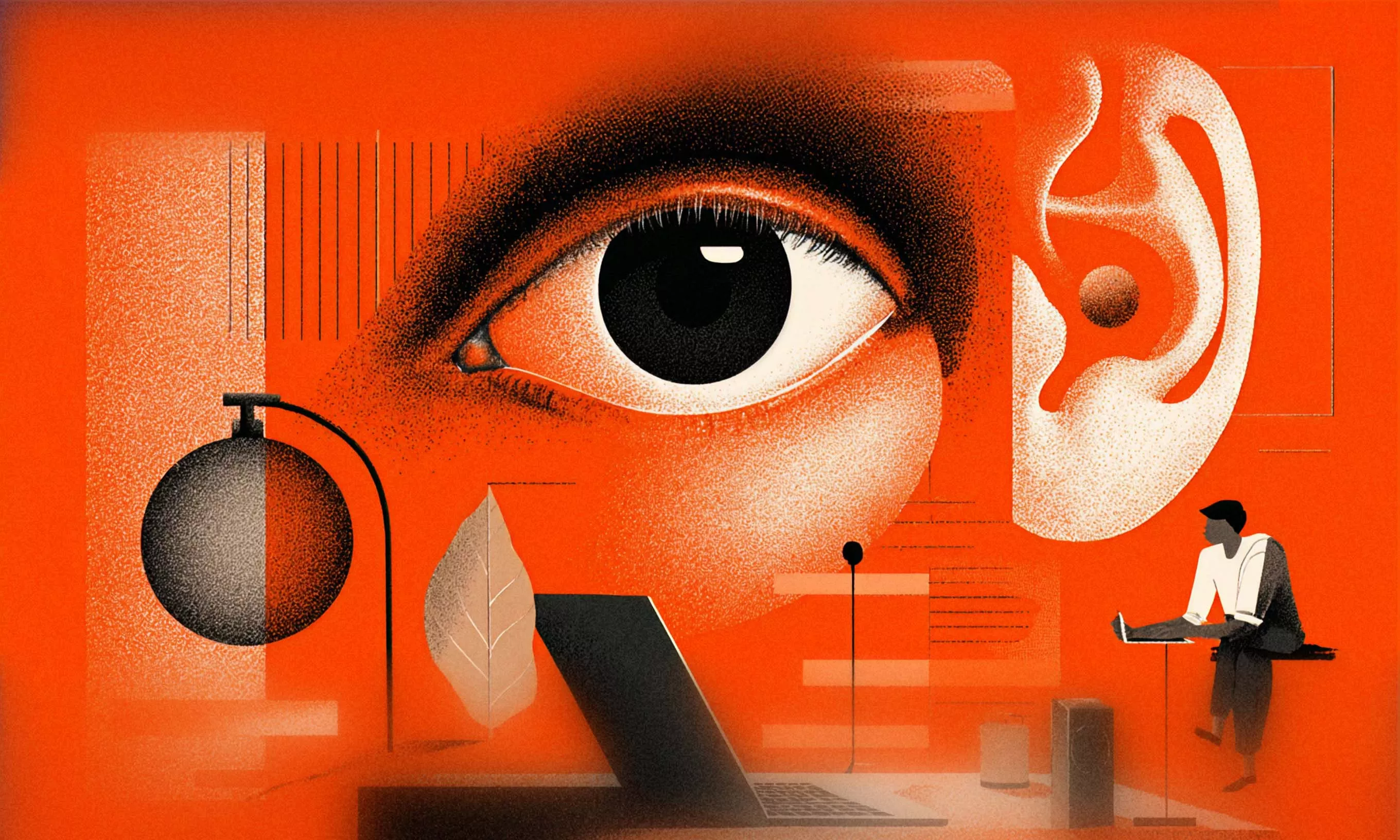With the latest upgrade to the My Porsche app, the German automaker has become the first to expose vehicle functions in CarPlay, providing its users with an innovative, personalized user experience.
The My Porsche app has taken a leap into the future, offering Porsche enthusiasts a transformative driving experience by seamlessly integrating vehicle functions into Apple CarPlay. This latest upgrade not only positions the German automaker as an industry trailblazer but also promises its users an innovative and highly personalized interaction with their vehicles.
Porsche has recently unveiled a substantial update to its companion app for vehicles, further enhancing its compatibility with Apple CarPlay. Now, Porsche owners can effortlessly access vehicle-specific features directly from their car’s dashboard or even delegate tasks to Siri, making the driving experience more convenient and intuitive.
As we eagerly await Apple’s latest innovations in CarPlay, Porsche has boldly stepped forward as the first car manufacturer to integrate vehicle functions directly into the Apple OS. Users can now take charge of audio settings, climate control, comfort features, lighting preferences, and entertainment controls through the My Porsche app without needing to exit the CarPlay interface.
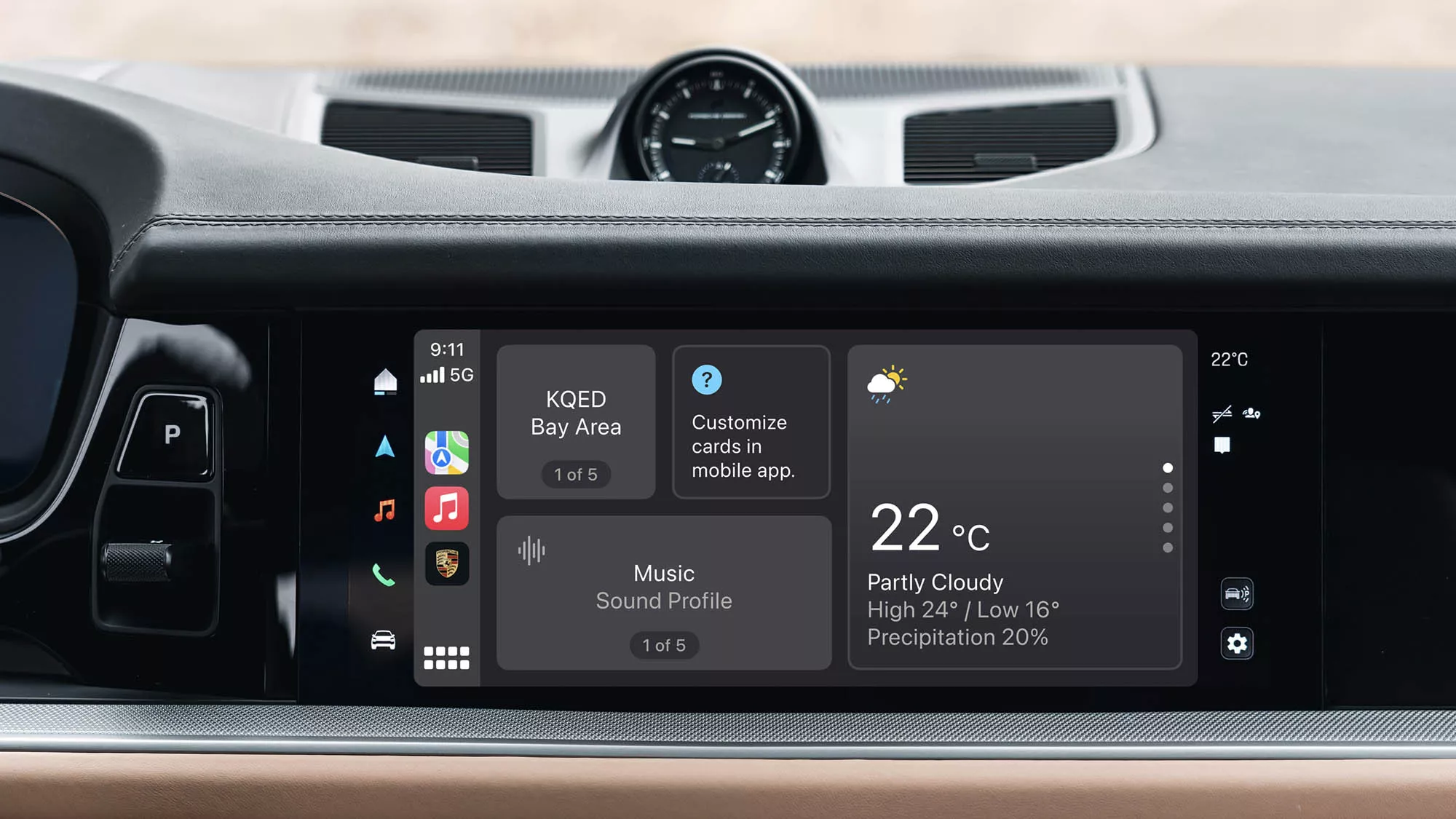
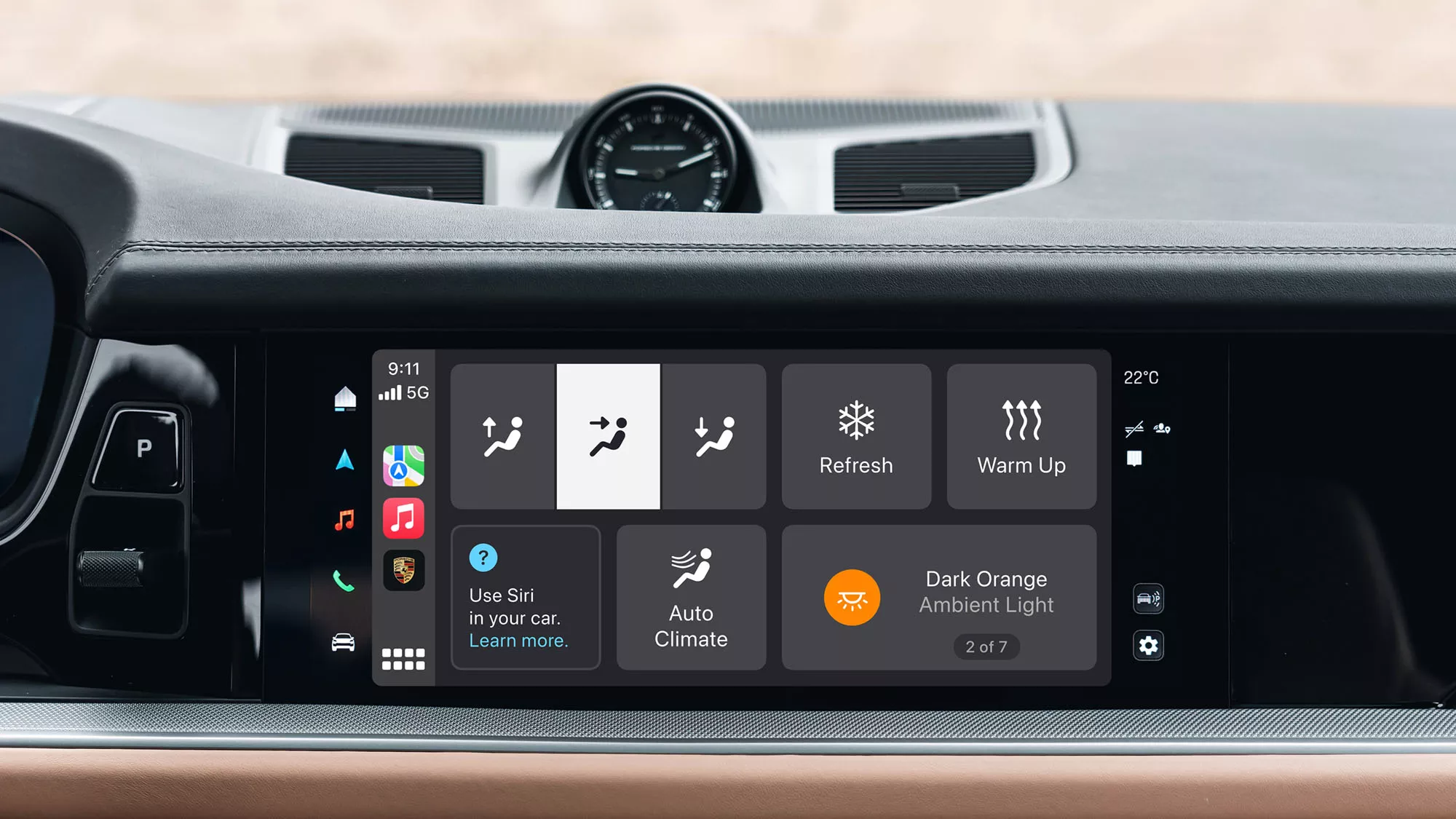
The CarPlay experience itself is scheduled for a major overhaul. At WWDC 2022, Apple presented its new version that promises a deep integration with the vehicle. According to the announcements, this new iteration of CarPlay is designed to function as an operating system for cars, offering a vastly immersive interface. Users can anticipate real-time car data displayed on their dahsboards, such as fuel and oil gauges, engine temperature, and gas mileage, all while retaining control over every vehicle function seamlessly.
Porsche’s strategic choice to embrace the Apple solution, rather than resisting it, has simplified the process of customizing the driving experience through the My Porsche app.
This decision not only represents a smart move, but also the only move of its kind among major car manufacturers for now.
If we look ate the statistics, according to Apple, a staggering 98% of new cars in the U.S. come equipped with CarPlay, and a remarkable 79% of U.S. buyers say they would only buy a car if it supported CarPlay.
This is probably not surprising. CarPlay (as well as Android Auto) is basically an extension of the tools most users are already familiar with. To be fair, the tools they spend a large proportion of their waking time using. Why would they want to leave the familiar device interface filled with Apple-style widgets and go back into the vehicle’s native display just to perform a simple task like turning their A/C temperature colder?
CarPlay provides a unified and seamless UX that extends to all Apple devices
CarPlay provides a unified and seamless user experience that extends effortlessly to all Apple devices, a concept known as Continuity. This concept has been a huge factor in building Apple’s multi-trillion-dollar business. It is only logical that Apple now seeks to extend it to a new piece of hardware – the car.
With the modern-day user expecting more from any experience, driving included, the traditional manufacturers face a different kind of competition. As they enter the digital realm, they are not just competing with each other but also with tech giants who have dominated the space for decades.
Since Apple announced the next-gen CarPlay at WWDC 2022, no further details have been revealed. According to the last information available, the new and improved version of CarPlay should come out late this year, with the first cars arriving in 2024.
We still don’t know what Apple’s new driving experience will look like, but we do know that Porsche drivers can get that A/C working through the CarPlay interface right now.







